No products in the cart.
| Scientific name | Alcea rosea |
| Common name | Hollyhocks |
| Temperature requirement | 25-35 °C |
| Humidity | 40-50% |
| Light | Full sun |
| Watering | Water everyday & keep moist |
| Pests | Hollyhock weevils |
| Pet friendliness | Not hazardous |
| Maximum plant height | 80-220 cm |
| Potting mix | Potting soil/red soil/manure/perlite |
| Pot requirement | Good drainage & repot every 1-2 years |
| Nutrition | Apply manure for first 15 days and npk for next 15 days |
| Pruning & training | Remove dead & diseased leaves with sterile shears |
| Common color & season | Pink, white, violet in june – december |
| Description | The Hollyhocks is a biennial or perennial plant originating in china and southwest asia. It is a good structure plant for a sheltered garden border in gulf regions, where Hollyhocks will grow best during the cooler time of the year to a height of over 2 metres. A. Rosea has an upright, candelabrum form: its hibiscus-like flowers usually appear on long spikes in midsummer, but its best showing in gulf regions is during the winter, when it provides seasonal colour. There is a wide range of flower colours from light yellow, pink and red to nearly black. The leaves are almost circular and large, the size of a hand. The fruit contains many seeds. The root system is shallow, up to 40 cm deep, and roots are fine and fleshy. The plant prefers a well drained soil with ample irrigation and likes full sun and regular fertilisation; otherwise, the leaves can be affected by rust. Seed propagation requires warm, dark and humid conditions. Flowers, seeds and roots can be used medicinally. A tea extracted from the flowers helps with coughs and inflammation of the throat: a tea from the roots is used for digestive problems. Hollyhocks can be used as impressive accent plants in naturally designed planting schemes. If the flowers and fruits are allowed to remain on the plant until they are ripe, a. Rosea seeds itself very easily, creating interesting and unexpected garden compositions. The plant should be pruned back to 15 cm above the ground in spring |





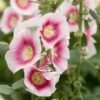

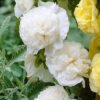
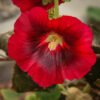
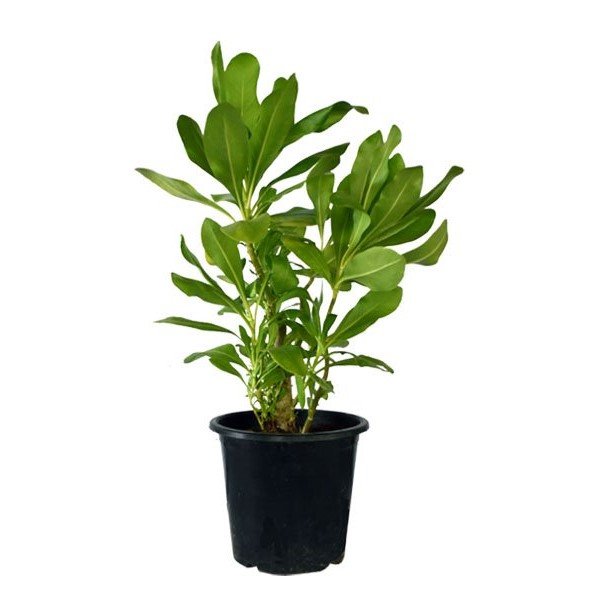
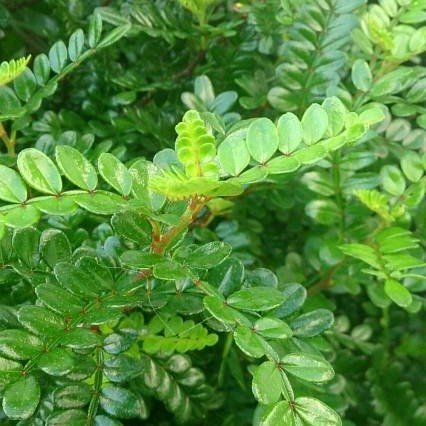

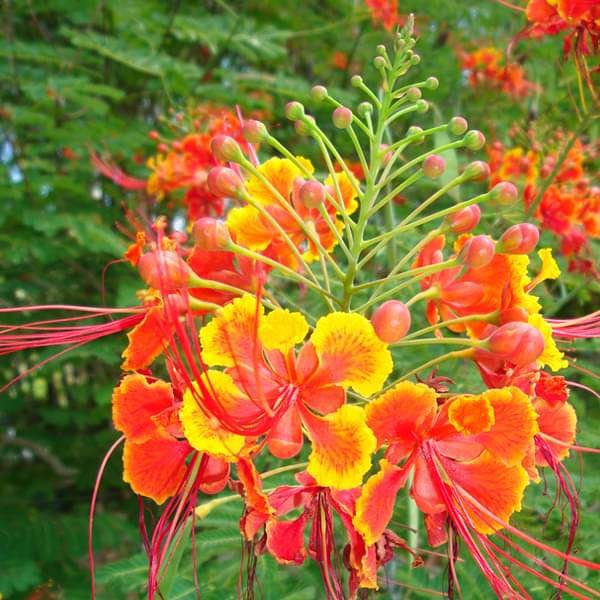

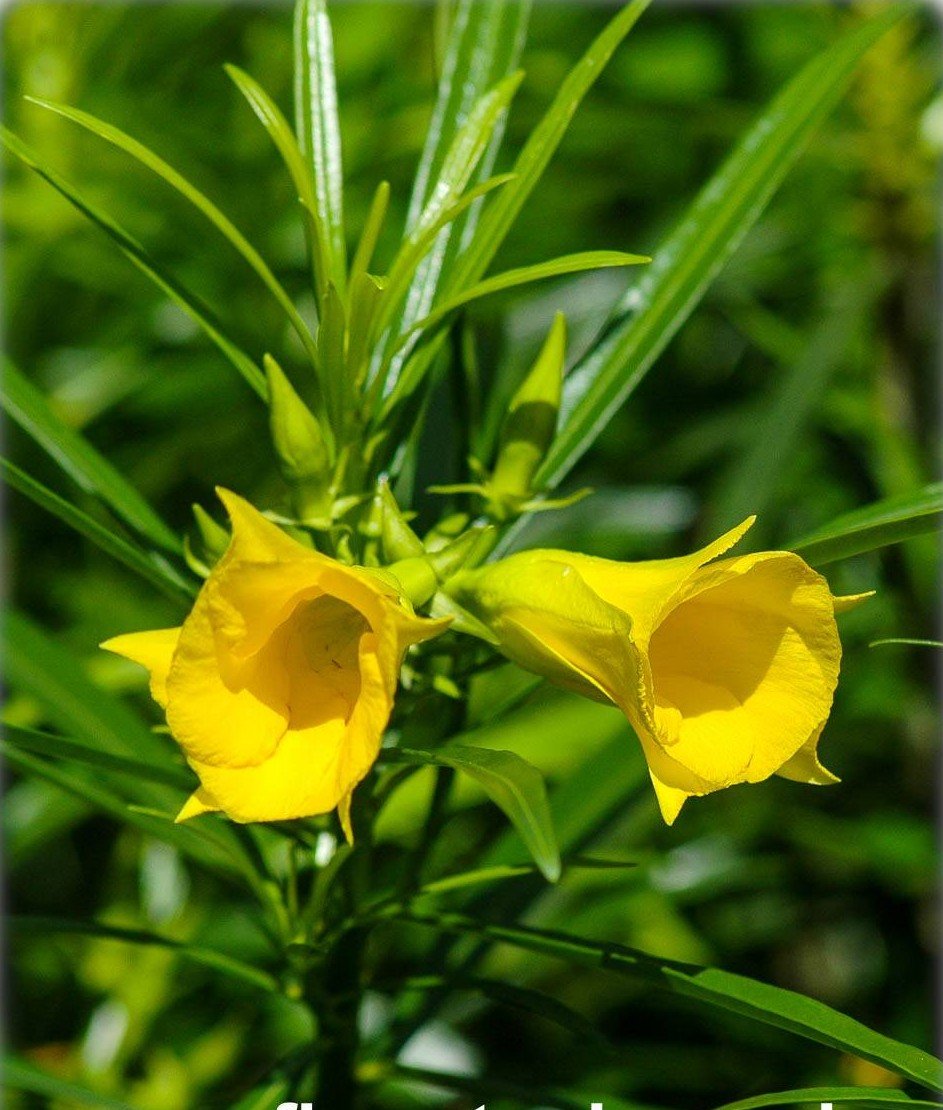


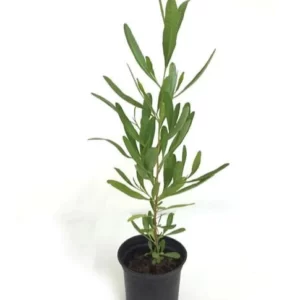

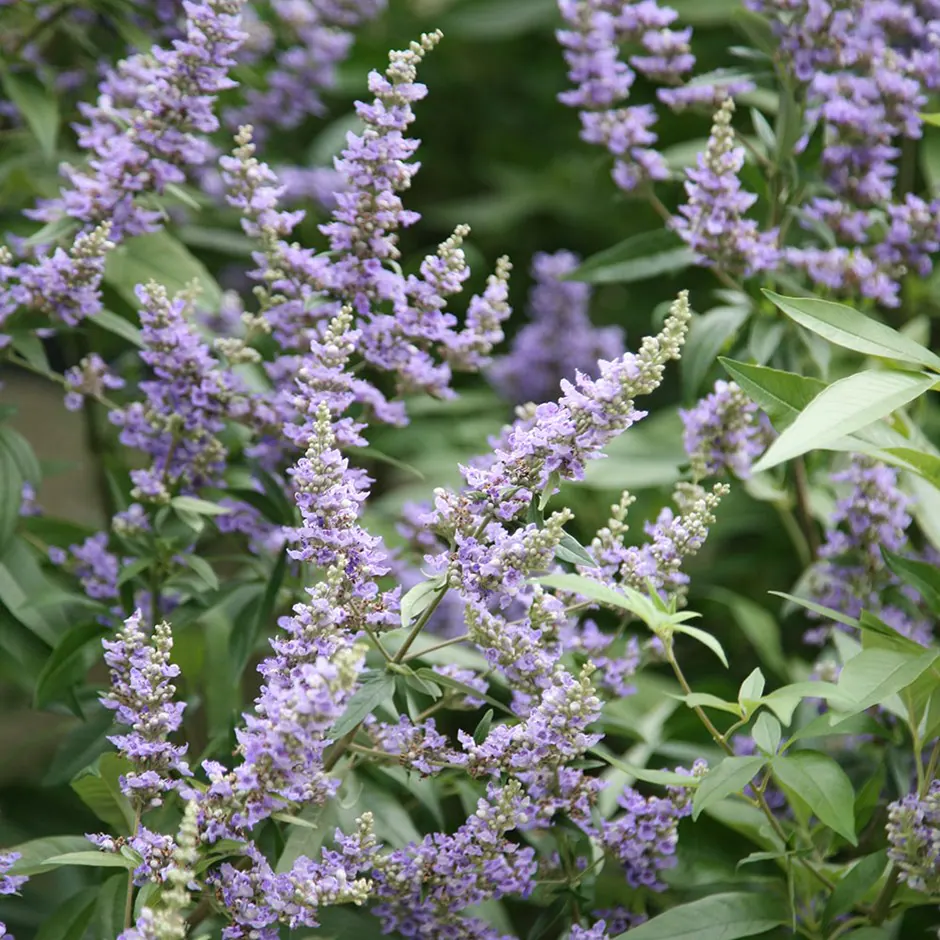
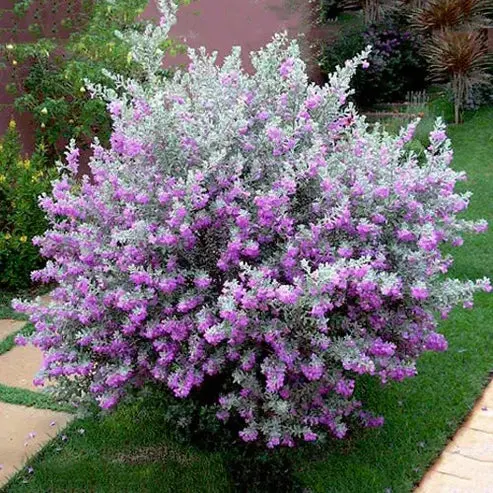
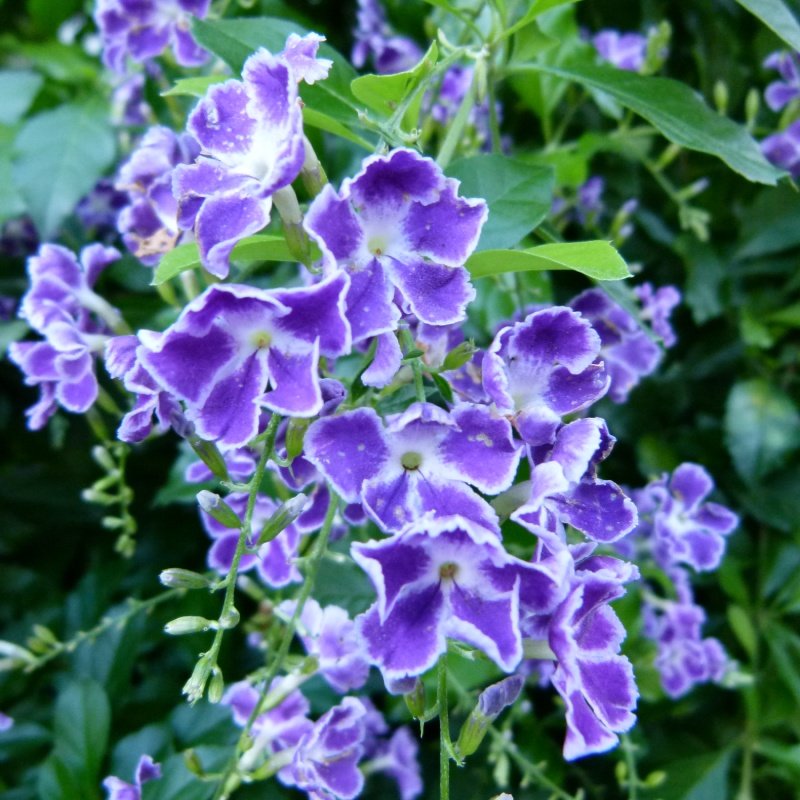

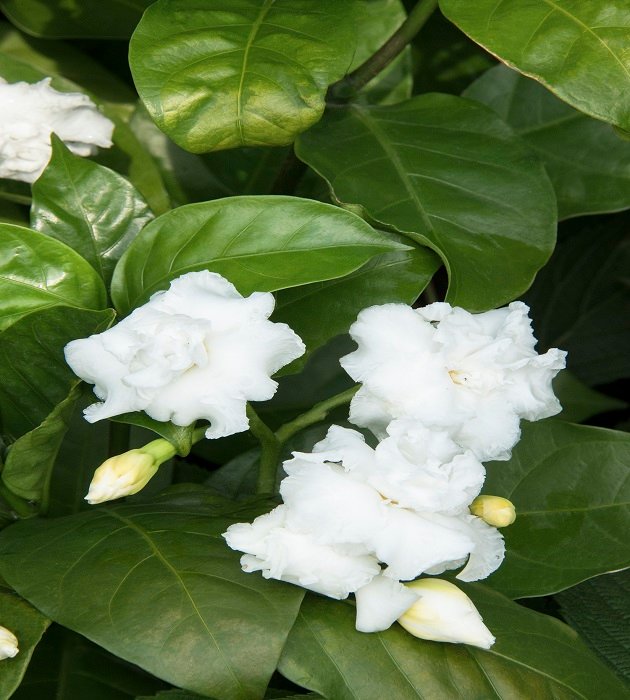
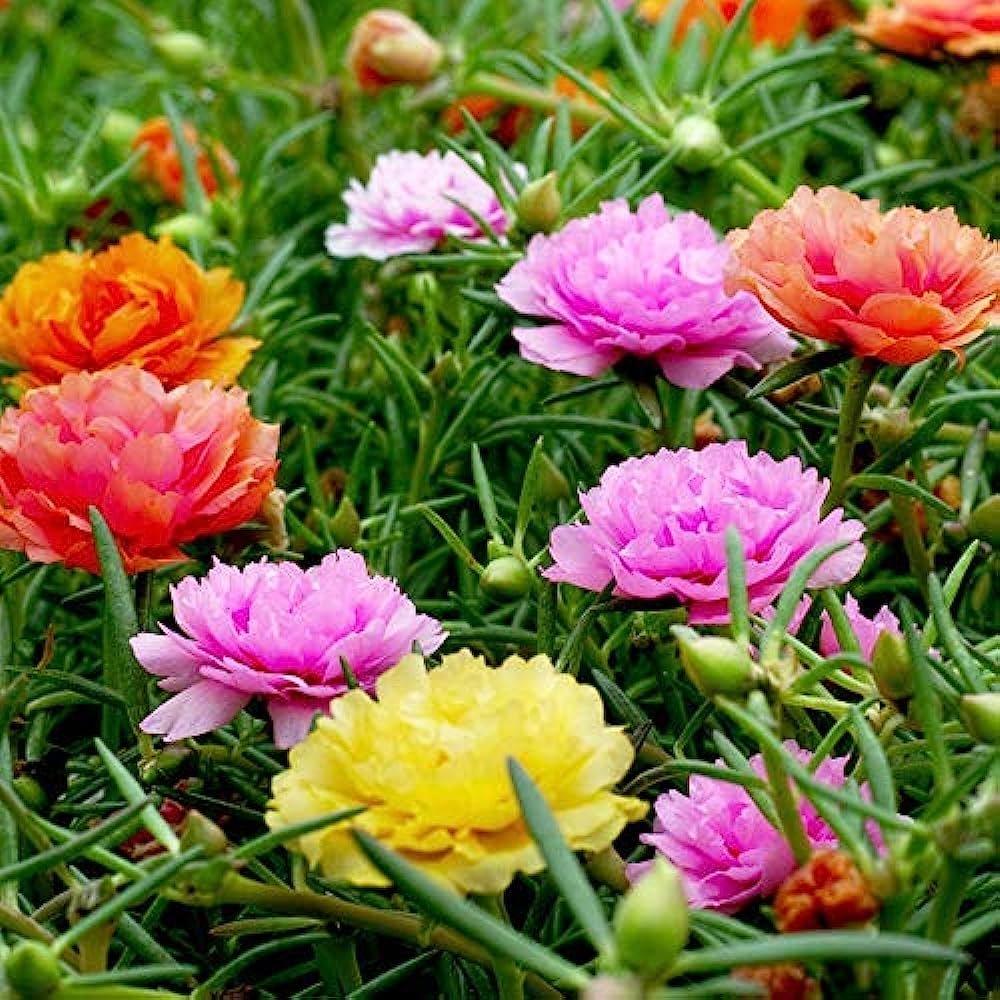


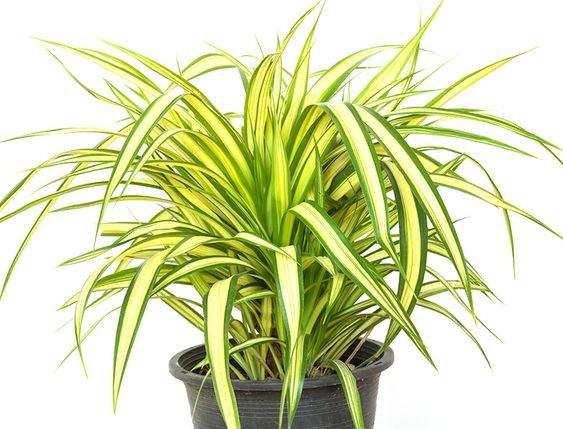

Reviews
There are no reviews yet.